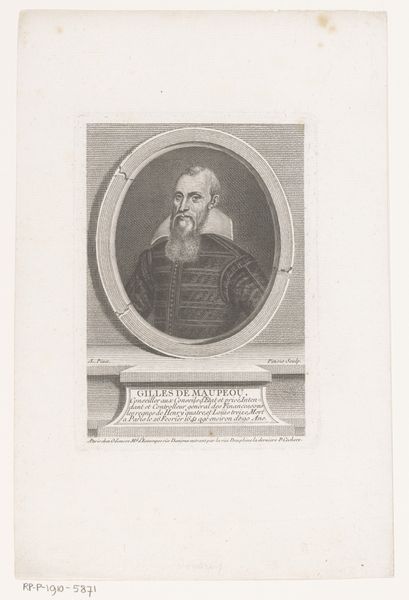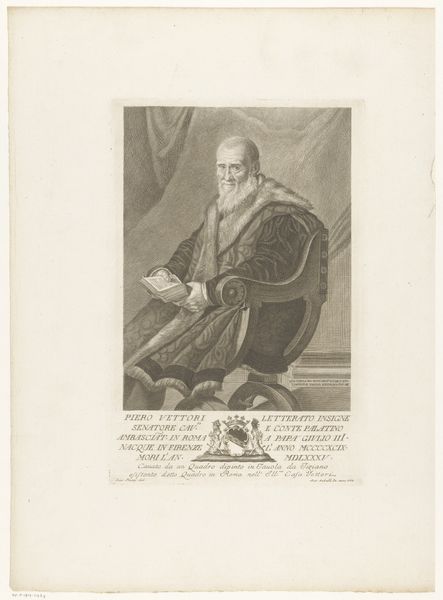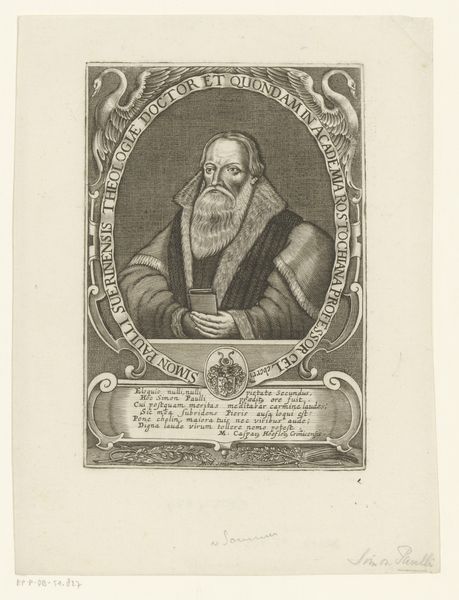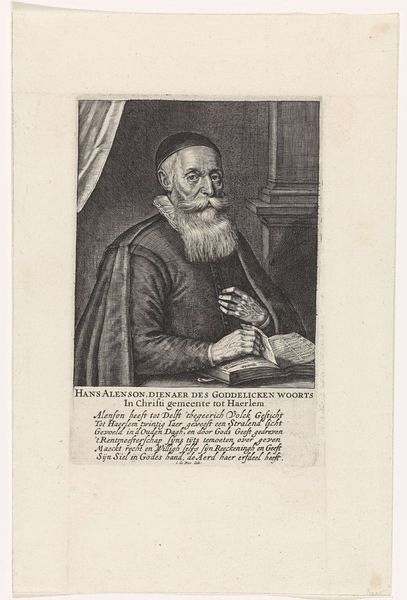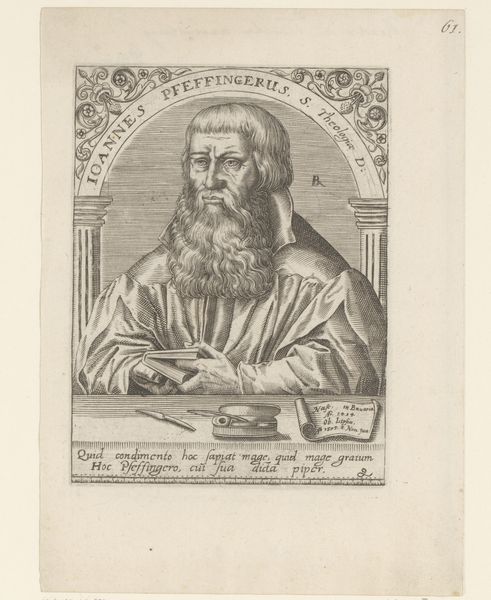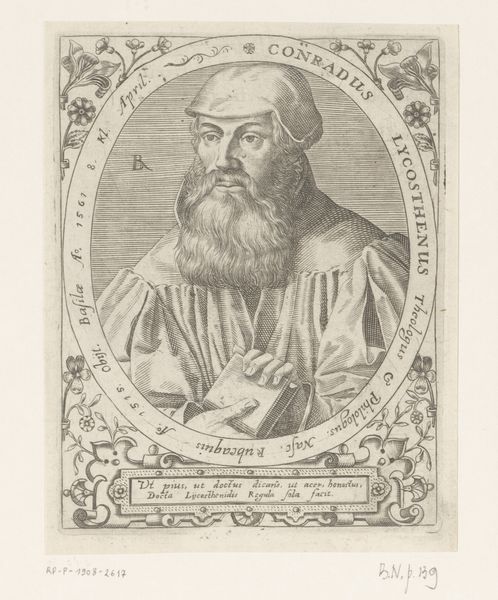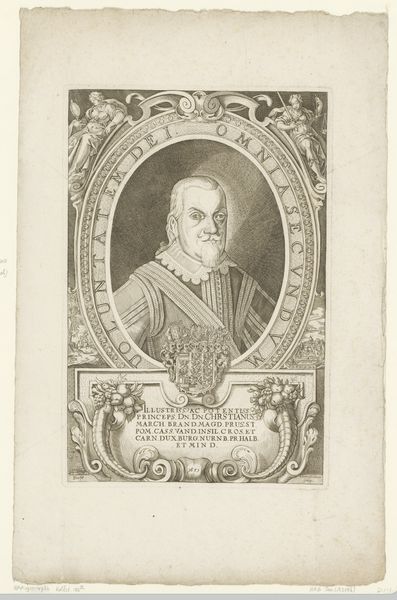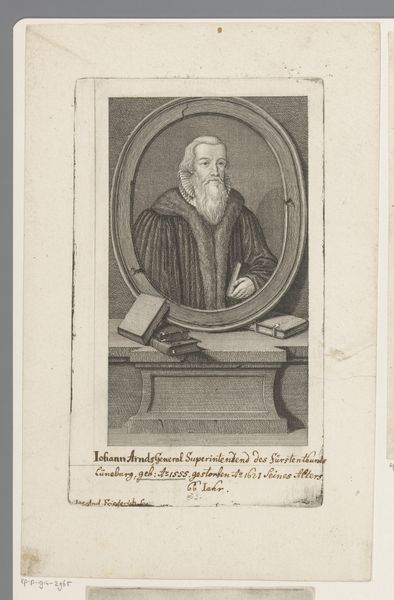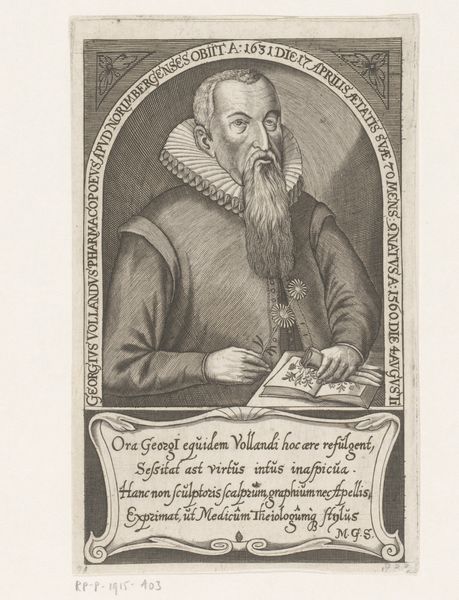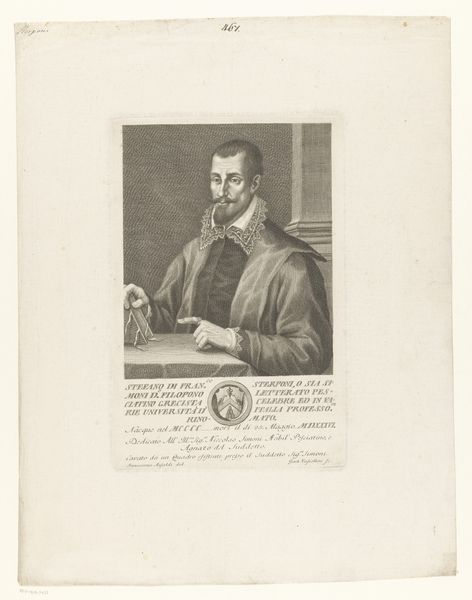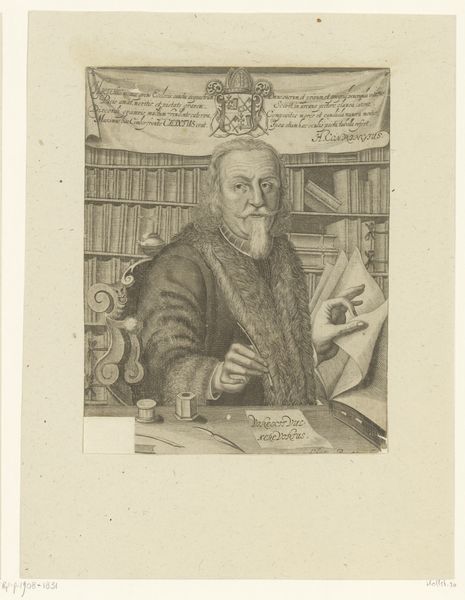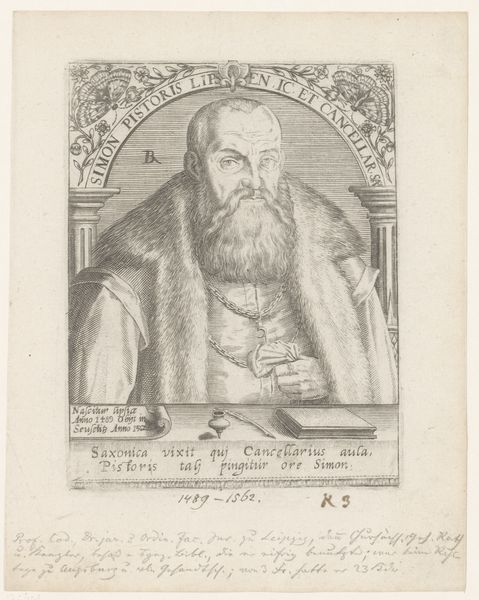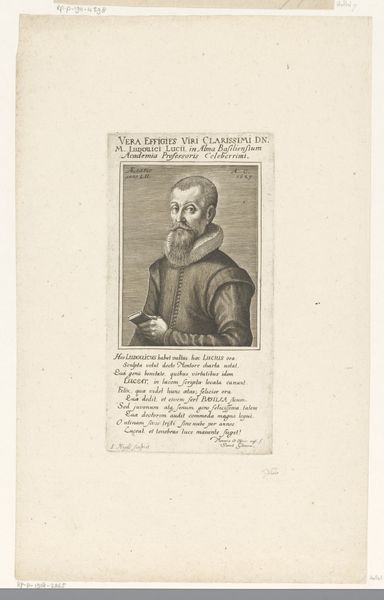
Dimensions: height 301 mm, width 203 mm
Copyright: Rijks Museum: Open Domain
Editor: This is a portrait of Bishop Salvatore Pacini, created between 1755 and 1805 by Gaetano Vascellini. It’s an engraving. It's very formal, quite austere. What strikes you most about it? Curator: Well, for me, the real interest lies in the process. Think about the labor involved in engraving – the intense concentration, the physical skill required to translate an image into a network of lines on a metal plate. Editor: That makes sense. I was thinking about the subject. Curator: But consider the social context! This wasn't just about replicating an image. It was about disseminating it. Engravings like this portrait functioned almost like early photographs, making the Bishop accessible in a way painting wouldn't allow. Think about how the materiality of the engraving—the ink, the paper, the press—facilitated the spread of influence. It's about manufacturing image, making the power accessible. It also challenges our perception. Are we focused on the "art" of portraiture or a printed multiple? Editor: So it democratizes the image but it’s also about reinforcing a hierarchy by depicting someone of importance? Curator: Precisely. The image itself is a commodity. It is both reverential and a product of the economic system that upholds that reverence. The Bishop isn't just a religious figure here; he's a symbol of social control replicated and distributed. So, does that change how you perceive it now? Editor: Absolutely. I see it now as much more than just a portrait. I will try to remember to analyze more than just the figure. Curator: Glad to hear. Now you see the importance of shifting our focus from aesthetics to the concrete realities of production.
Comments
No comments
Be the first to comment and join the conversation on the ultimate creative platform.

